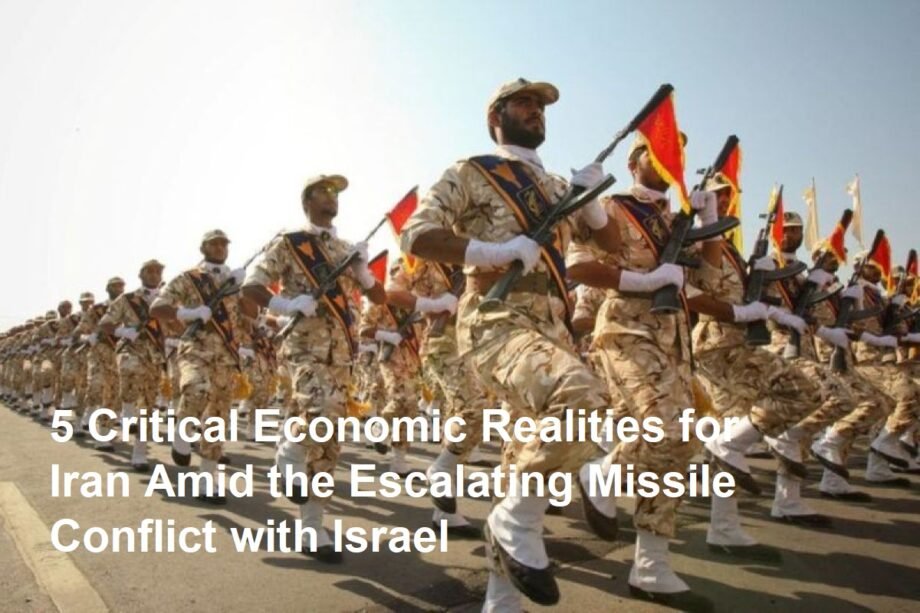Introduction
The ongoing missile conflict between Iran and Israel is not only a military confrontation but also a significant economic event with wide-reaching implications. Understanding the economic realities that Iran faces in this turbulent time is essential for grasping the broader regional and global economic impacts. Below are five critical facts about Iran’s economy amid the conflict.
1. Inflation and Currency Pressure
Iran is grappling with soaring inflation, which reached approximately 40% as of early 2025. Simultaneously, the Iranian rial has depreciated by roughly 15% against the US dollar in recent weeks. This currency depreciation fuels inflation further, eroding purchasing power for ordinary Iranians and creating economic instability at home.
1. Heavy Reliance on Oil Exports
Despite sanctions and geopolitical pressures, Iran still relies heavily on oil exports for revenue. In 2023, oil exports generated over $35 billion, a critical lifeline for the country’s economy. However, rising geopolitical tensions put continuous pressure on this vital sector, threatening future revenue streams and economic stability.
2. Military Spending and Defense Budget
Iran’s defense budget stands at approximately $24.1 billion, constituting 2.6% of its Gross Domestic Product (GDP). While this figure is lower than Israel’s skyrocketing military expenditure, it still places a significant strain on Iran’s already fragile economy. Sustained conflict risks stretching Iran’s financial resources thin, possibly affecting the broader economy.
3. Economic Sanctions and International Pressures
Iran continues to suffer the impacts of extensive international sanctions that restrict its access to global financial systems and markets. These sanctions exacerbate inflationary pressures, decrease foreign investment, and limit the country’s access to essential goods and technology, deepening the nation’s economic challenges.
4. Global Ripple Effects
The conflict’s economic impact transcends Iran’s borders, affecting global oil markets. The critical Strait of Hormuz, through which about one-third of the world’s seaborne oil passes, remains vulnerable. Even the slightest disruption in oil supplies from this region can lead to significant spikes in global oil prices, exemplified recently by Brent crude prices rising about 7% in a single week.
Why This Matters
The missile war between Iran and Israel underscores a complex nexus of economic pressure, military expenditure, and geopolitical risk. Iran’s high inflation, currency depreciation, and reliance on oil exports are compounded by the economic strain of maintaining a strong defense posture amid sanctions. This challenging environment places Iranian policymakers in a precarious balancing act between funding defense needs and sustaining economic growth.
Equally important are the global economic consequences. Disruptions in Iranian oil supplies risk exacerbating global energy price volatility, impacting economies worldwide. Engaging with these economic realities is essential for analysts, investors, policymakers, and the global community monitoring Middle Eastern stability.









